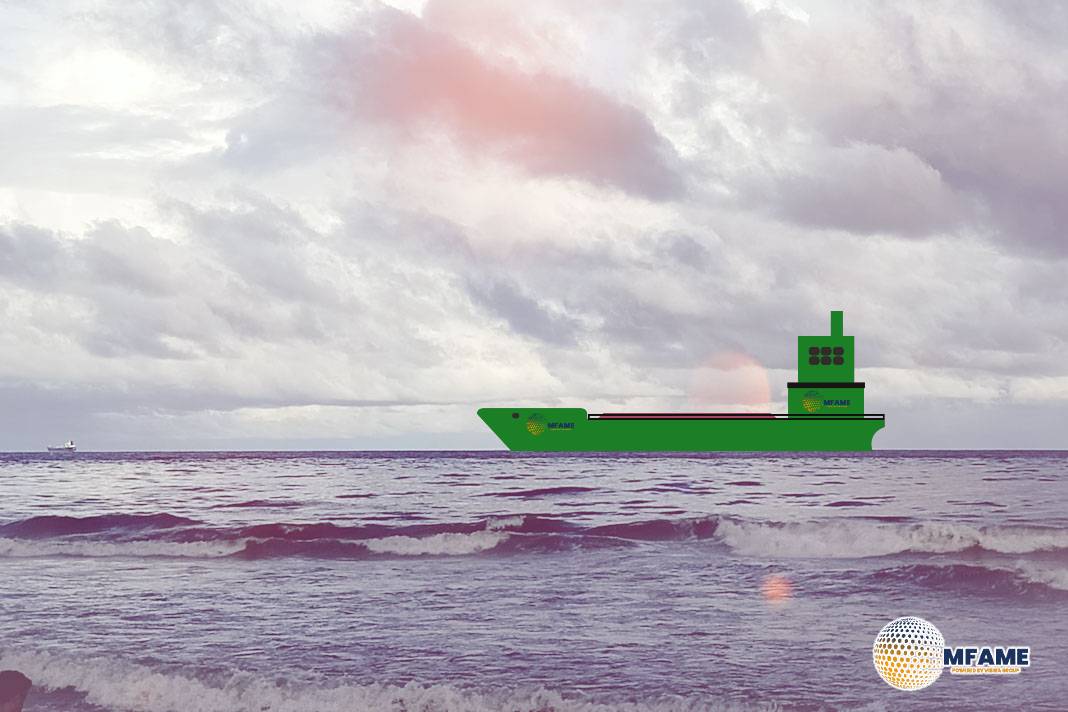China is advancing the green development of the global shipping industry, with its shipbuilders at the forefront of constructing vessels that run on alternative, clean energy sources. Experts believe that while China is making significant strides, a global, collaborative approach is essential for the industry’s successful transformation.
Landmark Deal for Ammonia-Powered Vessels
Nantong CIMC Sinopacific Offshore and Engineering Co Ltd (CIMC SOE), a Chinese shipbuilder, recently secured a $160 million deal with Norway’s Amon Gas to build two dual-fuel ammonia/liquefied petroleum gas (LPG) carriers. These vessels will have a capacity of 51,000 cubic meters each, making them the largest medium-sized gas carriers of their kind. The ships are scheduled for delivery in 2028 and represent a major milestone for China’s clean-energy shipbuilding sector. According to Yang Xiaohu, president of CIMC SOE’s parent company, this deal underscores the company’s technological expertise in clean energy solutions and marks the offshore clean energy business as a key part of its strategy.
Rise of Ammonia as a Marine Fuel
This agreement comes as the global shipping industry races to meet ambitious decarbonization targets set by the International Maritime Organization (IMO) in 2023. The IMO aims for a 20-30% reduction in emissions by 2030 and up to an 80% reduction by 2040, with a goal of achieving net-zero emissions by or around 2050. Ammonia is emerging as a crucial alternative fuel because it can drastically cut carbon emissions and reduce reliance on fossil fuels. As of March, there were already 130 ammonia-fueled ships ordered globally, with an additional 225 on reserve, highlighting the industry’s growing commitment to this technology.
China’s Contribution to Decarbonization
Wang Guowen, a senior research fellow at the China Development Institute, emphasized that the green transformation of the shipping industry is a key direction for addressing climate change. He noted that after the adoption of low-sulfur fuels and liquefied natural gas, the industry is now moving toward hydrogen and ammonia. China’s shipbuilding industry is playing a vital role in this transition by innovating in the development of dual-fuel ships and other configurations that support the shift to clean energy. This commitment is positioning China as a leader in the global push for a more sustainable maritime future.
Did you subscribe to our Daily newsletter?
It’s Free! Click here to Subscribe!
Source: China Daily

















